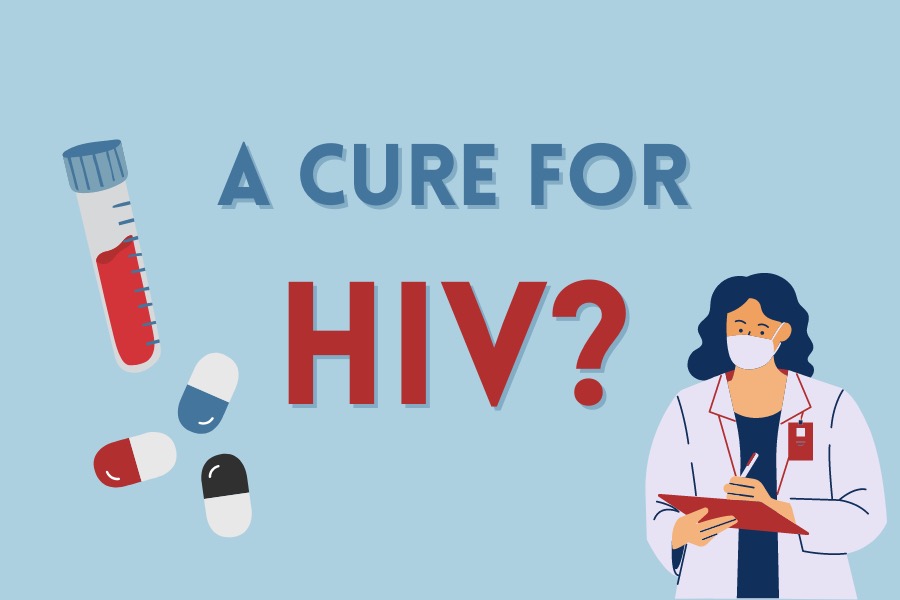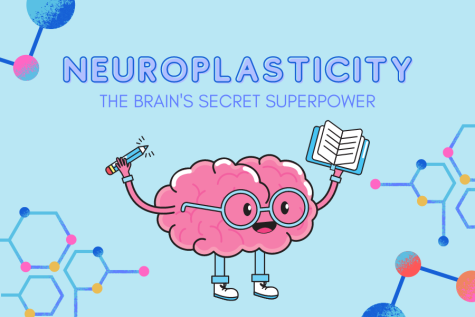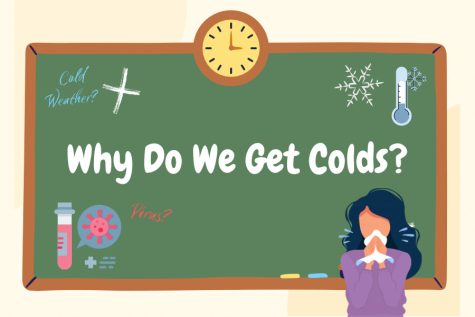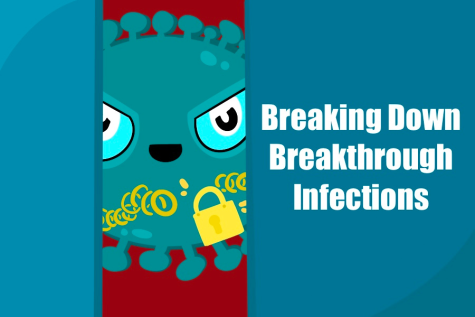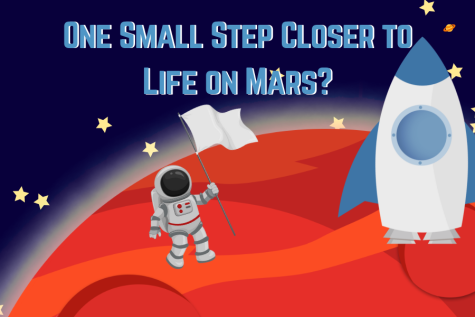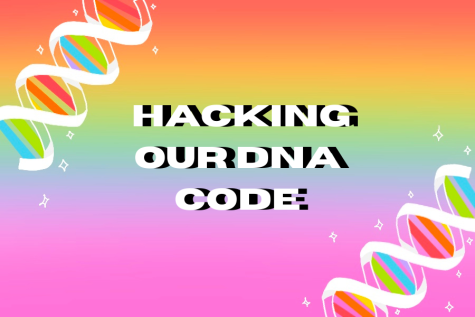A Cure For HIV?
In the 1980s and 1990s, getting diagnosed with H.I.V. (human immunodeficiency virus) was a death sentence. The virus, which attacks the body’s immune system, can lead to the untreatable and fatal illness, AIDS (acquired immunodeficiency syndrome), and since the start of the epidemic, it has killed 36.3 million people. A disproportionate number of H.I.V. cases are found in gay and bisexual men, who were the epicenter of the AIDS crisis in the 80s. The disease is lifelong and incurable, but luckily, antiretroviral drugs have helped infected individuals lead long and healthy lives. Now, new research provides hope for a cure for H.I.V. patients — particularly those who are also afflicted with other terminal diseases.
Bone Marrow Transplants: A Dangerous Cure for H.I.V.
In 2007, Timothy Ray Brown became the first person to be cured from H.I.V. after receiving a life-saving bone marrow treatment. This treatment was a last resort; his body was rapidly deteriorating due to suffering from H.I.V. and acute myeloid leukemia at the same time. He was virus-free up until his death in 2020 . Adam Castillejo, the second person to be cured from H.I.V., similarly received a bone marrow transplant while battling cancer. The bone marrow that both patients received were from donors who carried a mutation that blocks the H.I.V. infection. Unfortunately, Castillejo and Brown endured serious illness after their transplant, with both experiencing graft versus host disease — when the donor’s cells attack the body of the recipient. Brown almost died due to his transplant, and Castillejo lost 70 pounds and much of his hearing. However, new research has revealed that a different type of transplant might be a less risky option for terminally ill H.I.V. patients.
A Safer Alternative for Terminally Ill H.I.V. Patients
After receiving a novel transplant of umbilical cord blood, a woman of mixed race with leukemia has been cured of H.I.V. The woman received umbilical cord blood from a donor with a mutation causing natural resistance to H.I.V., which is mostly found in people of Northern European descent She also received blood from a relative to give her immune system temporary strength during the transplant process. Umbilical cord blood is more accessible than the bone marrow transplants that cured Brown and Castillejo. Moreover, a match between a recipient and donor does not need to be nearly as close for an umbilical cord transplant. The woman who received the treatment only partially matched with the donor, which proves that umbilical cord transplants may be key to treating more diverse patients, as the majority of donors with resistance to H.I.V. are Caucasian. Furthermore, unlike the other two patients who were cured from H.I.V, the woman has not suffered from graft versus host disease, which only adds to the list of benefits that an umbilical cord blood transplant has
The Future of H.I.V. Treatment
Although this research is innovative, it will not advance treatment for the majority of the 37 million patients that are infected with H.I.V worldwide. Rather, it provides hope for those battling H.I.V and a terminal illness such as cancer simultaneously. Enduring this dangerous treatment is logical for patients who have no other options. Essentially, researching possible H.I.V. vaccines and drugs are the only way to cure the majority of H.I.V. patients. For now, it is important to continue researching new treatments and to expand access to existing antiretroviral treatment for people who are currently suffering from this terrible disease.
Works Cited
“About HIV/AIDS.” Center for Disease Control and Prevention, www.cdc.gov/hiv/basics/whatishiv.html.
Gallagher, James. “HIV: First woman in world believed to be cured of virus.” BBC, 16 Feb. 2022, www.bbc.com/news/health-60394306.
“HIV/AIDS.” World Health Organization, July 2021, www.who.int/data/gho/data/themes/hiv-aids.
“Is the Risk of HIV Different for Different Groups?” HIV.gov, www.hiv.gov/hiv-basics/overview/about-hiv-and-aids/who-is-at-risk-for-hiv.
Mandavilli, Apoorva. “A Woman Is Cured of H.I.V. Using a Novel Treatment.” The New York Times, 15 Feb. 2022, www.nytimes.com/2022/02/15/health/hiv-cure-cord-blood.html. Accessed 19 Feb. 2022.

